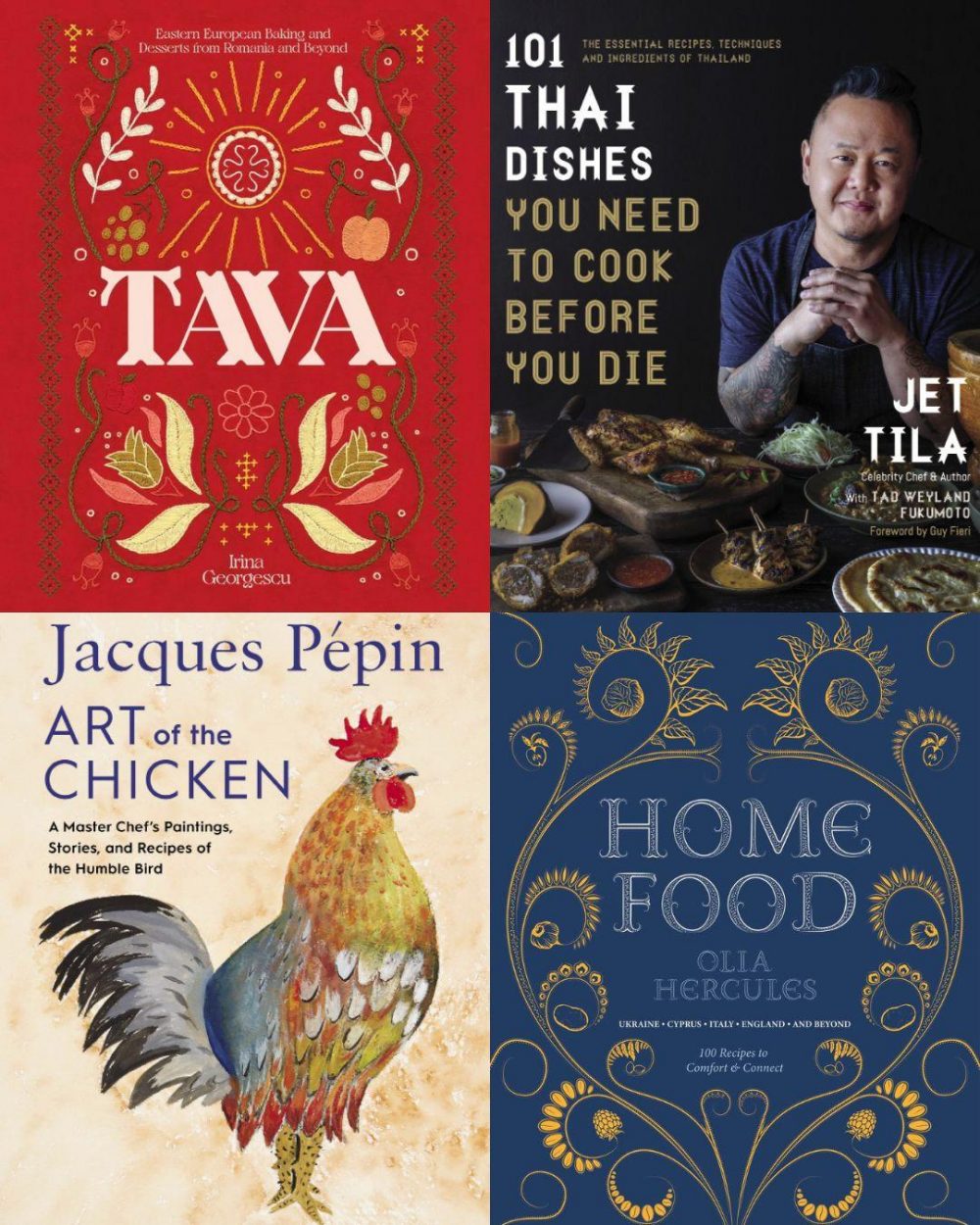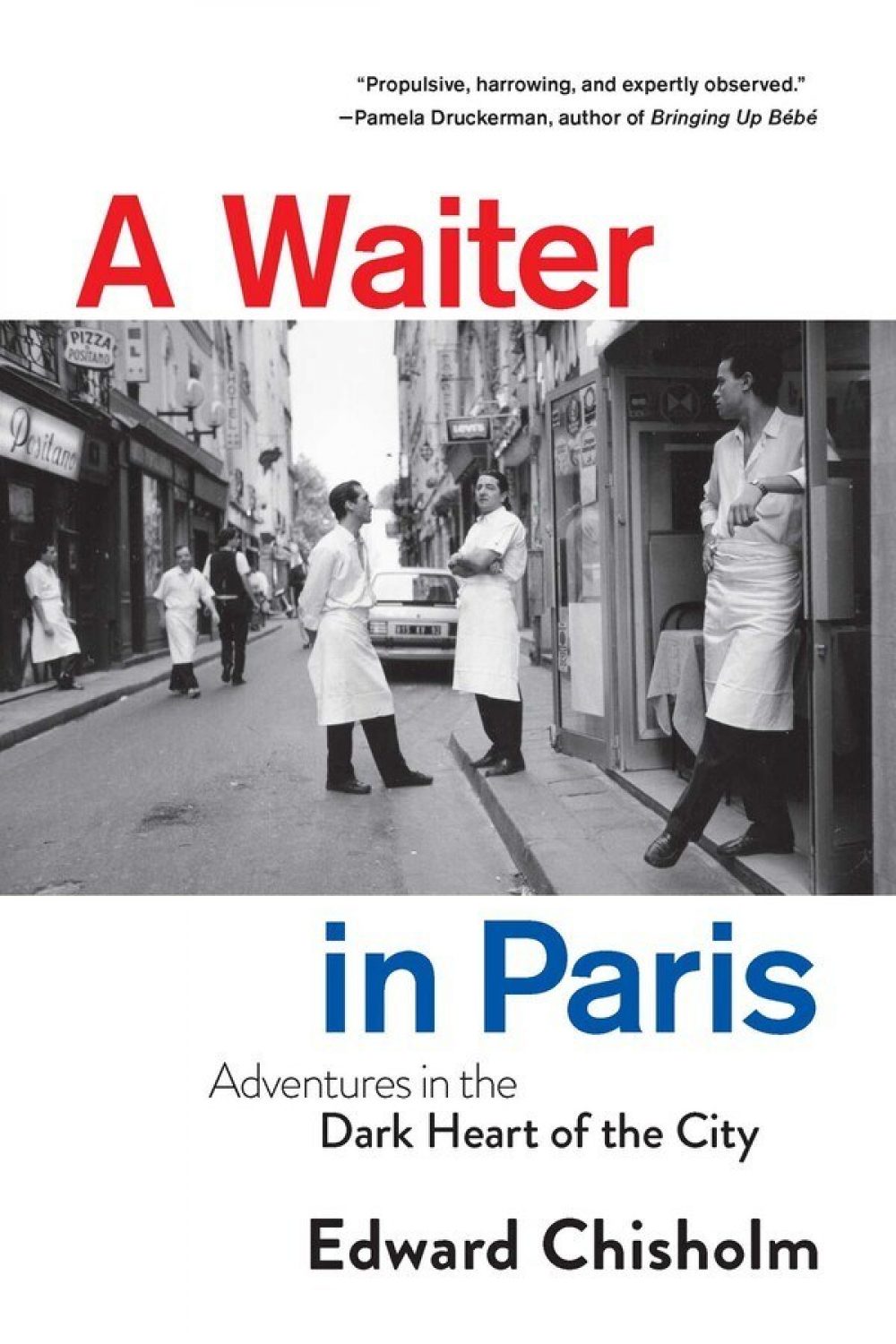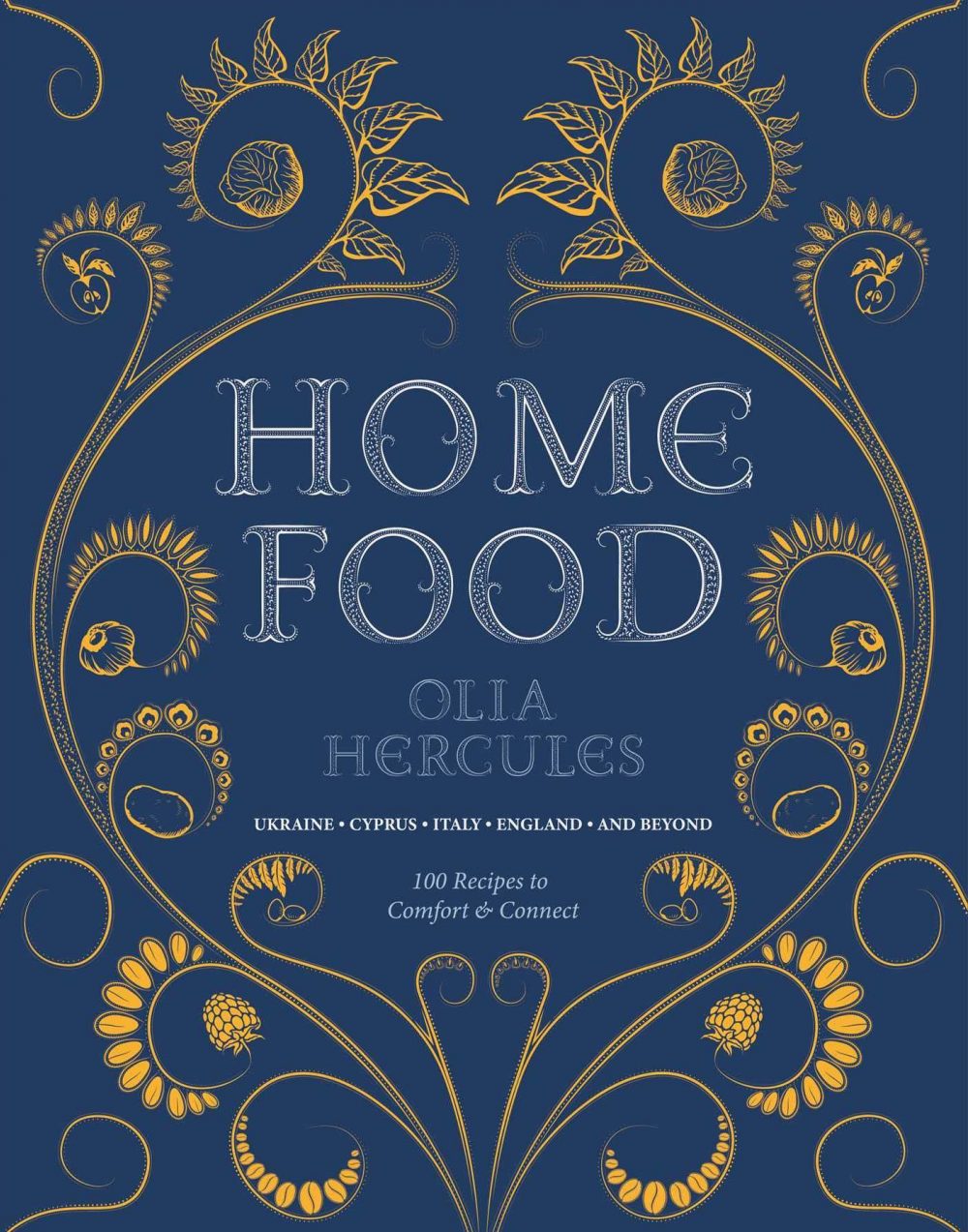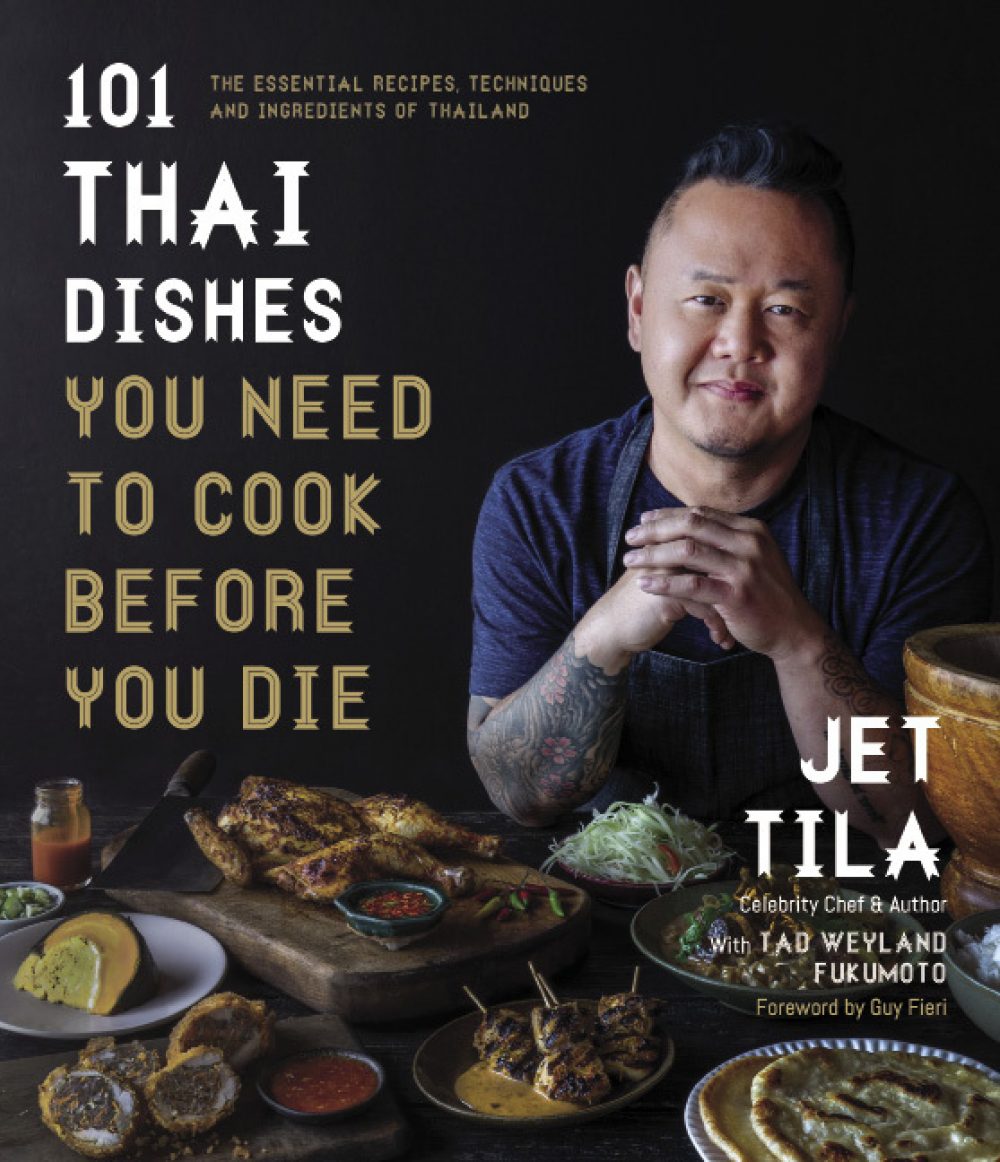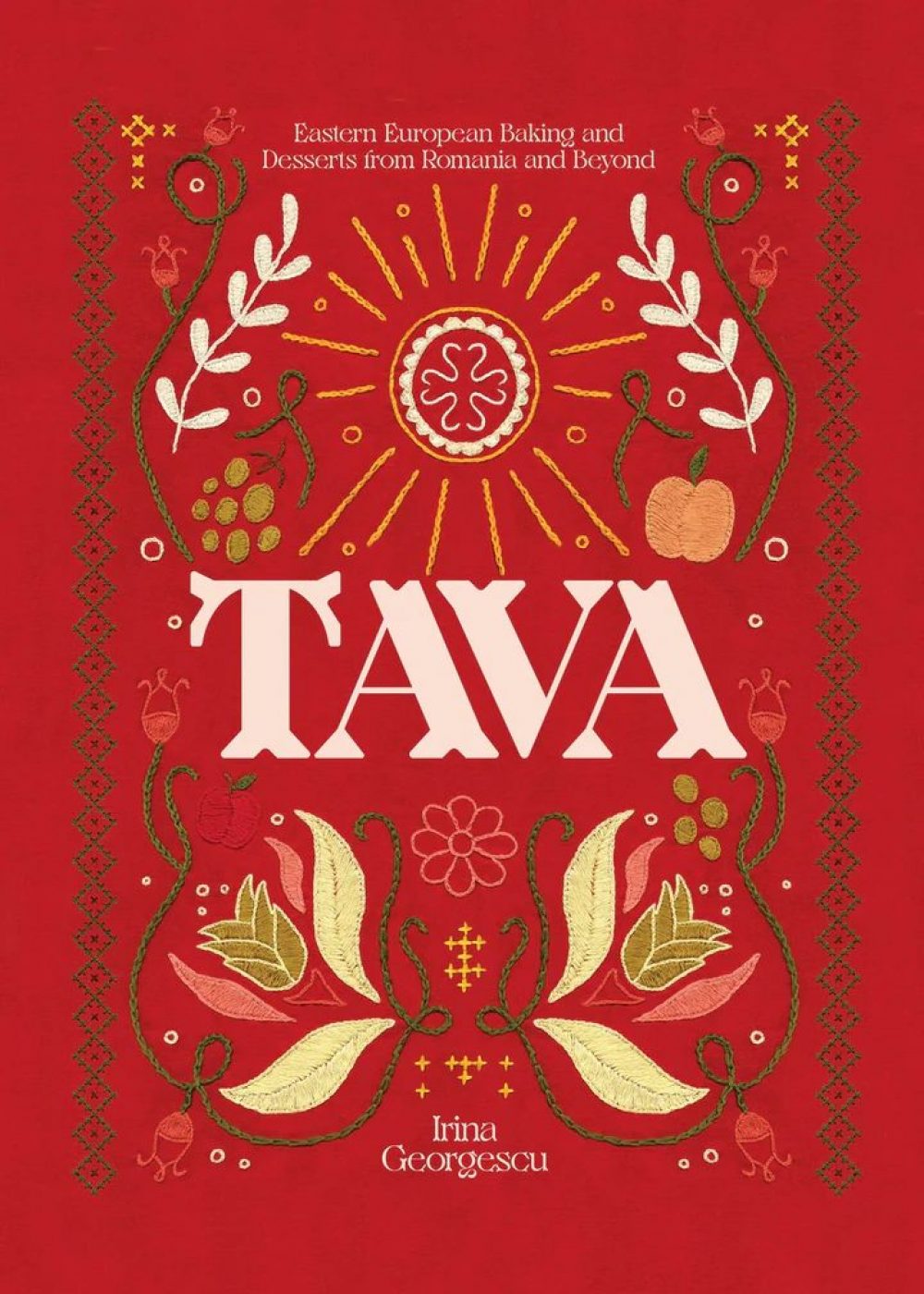From a peek behind the curtain of what it's like to move through the ranks as a waiter in Paris, to a guide to the quintessential Thai dishes, here are the food books and cookbooks that Milk Street founder Christopher Kimball couldn't put down this year.
JACQUES PÉPIN THE ART OF THE CHICKEN
by Jacques Pepin
There are many things you may not know about Jacques Pepin – he was training kitchen staff at age fifteen, he was the sole cook in the kitchen at L’Hotel de la Gare near Geneva at 17, and he had a near fatal car accident in 1974 which ended his restaurant career. But what very few of us know is that Jacques Pepin is a fabulous artist and his new book, Jacques Pepin Art of The Chicken is fulsomely illustrated with charming watercolors of the vibrant, charming creatures who make a star appearance in the accompanying recipes. This marriage of art and cuisine goes back many decades with Jacques: he has illustrated hand-drawn menus down through the decades and saved every one of them. For Jacques, preparing and cooking chicken touches on deep memories: “Beside the river, we gathered a pile of dry branches and driftwood and lit a fire. An older friend, who dispatched the bird expertly by holding it by the head and snapping its neck with a vigorous flick of his wrist, instructed us to gather fistfuls of wet clay from the banks. He completely encased the chicken in clay…placed it directly on the coals, where it remained for a few hours while we splashed in the cool river and hunted frogs along the banks.” In terms of cooking, Pepin often starts off sautéeing chicken in butter or its own fat, he is appalled that Americans often overlook the nuggets of meat on either side of the backbone referred to as “sot l’y laisse” or, more plainly, “the fool leaves it.” He pays tribute to Danny Kaye’s recipe for chicken salad, he makes a bouillabaisse with chicken, he offers a classic recipe for vinegar chicken and is happy to offer up a simple roast chicken with boiled potatoes and green salad as the perfect meal (and one that he often used when teaching cooking classes). Jacques Pepin Art of The Chicken is Pepin at his best, a pairing of art and simplicity. As he writes, “Food is evanescent. You make a dish, you eat it, and it’s gone. It is a short moment in time. What is left are food memories. Yet, these food memories are very powerful and will nourish you through the years.” I intend to give this book to every cook I know as a reminder that the art of cooking is a combination of simplicity and common sense, a place where art happily intersects with craft.
A WAITER IN PARIS
by Edward Chisholm
If you have ever wondered what goes on behind the curtains and doors of a Paris restaurant, here is your chance to breathe in the appalling miasma of smells, sounds, and intrigue that slowly rise up from the lowest layer of restaurant hell. The workers in the pass, where plates are assembled and sent out to tables are all Tamil from Sri Lanka, the prep kitchen cooks in the basement are from North Africa, and the chef in the kitchen above is Corsican and a knife-wielding maniac. Chisholm paints a thoroughly literary and shocking picture of an ecosystem that is deeply hierarchical – the runners who clear the tables are at the bottom of the system, the place where Chisholm starts his career with limited French, pretending to understand what others shout at him. He takes naps between shifts in four-star hotel men’s rooms, serves olives that minutes ago had been rolling on the basement floor amidst mouse droppings, and tries to hook up with fashionable female employees and guests but to no avail. Like brothers in war, he learns to love the blood, sweat, and tears, and bonds with his fellow magicians who put on a culinary show three times a day for the unsuspecting public. It’s the show of shows.
HOME FOOD
by Olia Hercules
The publication of Home Food comes at a difficult time for Olia Hercules– her native Ukraine is at war, her brother Sasha joined the defense forces at the outset of the conflict, and her father still lives in country. Home has taken on a deeper, more richly felt meaning especially since Ukraine is such a large (the size of France) country from the hot, flat southern region near Crimea to the Carpathian mountains in the northwest where, during Christmas, neighbors go door to door singing and playing instruments, some of them wearing goat masks. It’s true folk opera. The irony in all of this is that Home Food connects so deeply to a sense of place, undisturbed by war and welcoming to all. Olia’s food is one part frugal, one part satisfying and many parts intriguing. Make pasta with a quick garlic confit and goat cheese, marinate lamb chops in yogurt and harissa, steam eggplant instead of roasting it and then serve with a soy/ginger dressing, make dal with two different types of lentils, and never throw away the tops of radishes or turnips – greens can be transformed into pesto in seconds. Some recipes will surprise – cheese and grape muffins or a savory French toast – and others are just solid home cooking such as a roast chicken or a white ragu. And you will also learn to take cabbage seriously – it’s not just for coleslaw. Olia has also raised millions of dollars for Ukraine – she founded the #CookForUkraine movement which encourages restaurants and others to cook Ukrainian food and donate funds to Unicef. All in all, Olia Hercules is a woman for all seasons.
101 THAI DISHES YOU NEED TO COOK BEFORE YOU DIE
by Jet Tila
Jet Tila was born into the “first Thai food family” of Los Angeles. His dad opened the Bangkok Market in Hollywood in 1972 and then the first Thai restaurant in West Los Angeles, Royal Thai Cuisine. Jet put in his time working in the family’s market but before becoming a chef, he was a security guard, sold cell phones, and worked as a deckhand for fishing charters. He ended up teaching cooking classes in his mom’s backyard and then went on to Le Cordon Bleu and the California Sushi Academy. By 2008, Tila was running his first big restaurant, the Wazuzu at the Encore in Las Vegas. Although the title of his new book gave me pause (it sounded a tad cookie-cutter), the recipes soon convinced me that Tila is a terrific translator; he understands how to take the notion of salty, savory, sour, spicy and sweet and package it for a North American audience. He has chosen the recipes we are most familiar with and the entire package instills confidence and maximum food appeal including all of the headline recipes: Thai Omelet, Pad Thai, Drunken Noodles, Thai Street-Style Chicken Fried Rice, Street-Style Basil Pork and his version of Morning Glory on Fire (all the ingredients are dumped into a wok at once). Tila is also a good storyteller – he holds the record for the biggest stir-fry ever at 4,000 pounds and he talks about his family’s market supplying the set of Star Trek with durian and jackfrujt since, at the time, it looked like food for Klingons. Tila is also a good culinary instructor, pointing out that sweet needs salt (Bravo!), that the rooster-on-the-bottle siracha does not come from Siracha, Thailand, and how Indian and Malaysia has influenced Thai cooking. He also reveals one of the the secrets of Thai cooking which is that a handful of ingredients can be used dozens of different dishes. Lesson learned.
TAVA: Eastern European Baking and Desserts from Romania and Beyond
by Irina Georgescu
In 1971, I took a train south from Budapest to the town of Sibiu, Romania with a college friend in search of the burial place of Frank Baron von Frankenstein who had been executed by Vlad Dracula, otherwise known as Vlad The Impaler, in the 15th century. This wild rumor, much to my delight, was true – we found his crypt in a local church. We then hitchhiked to Bucharest, where we were followed day after day by the not-so-secret police. Fast forward half a century and I found myself chatting with Irina Georgescu about the charms of Romanian baked goods. How times have changed.
Romania is a constellation of cultures, the kitchens are layered with Jewish, Turkish, French, Italian, Saxon and Hungarian influences among others and so you find plum pies, Swabbian poppy-seed crescents, Linzer tarts, rice puddings, fruit dumplings, strudel, meringues, gingerbread, with all the glamour of famous Eastern European pastry shops. I was particularly intrigued by pies that feature two unconnected layers – one on bottom and one on top – plus folded cheese pies and puff pastries with magiun, a thick fruit jam made without added sugar. Fried doughs are popular including doughnuts, fritters, and breads, and then the cakes: rhubarb and diplomat. A country that once encouraged Saxon migration to defend its borders and survived the harsh rule of communism when bribes were made with pigs, turkeys and chickens, it’s time that we travel to Romania for the food, not the vampires. Tava is an excellent start.
Join the conversation on Facebook, Twitter, Instagram and Pinterest.
And if you're looking for more Milk Street, check out our livestream cooking classes with our favorite chefs, home cooks and friends for global recipes, cooking methods and more.
